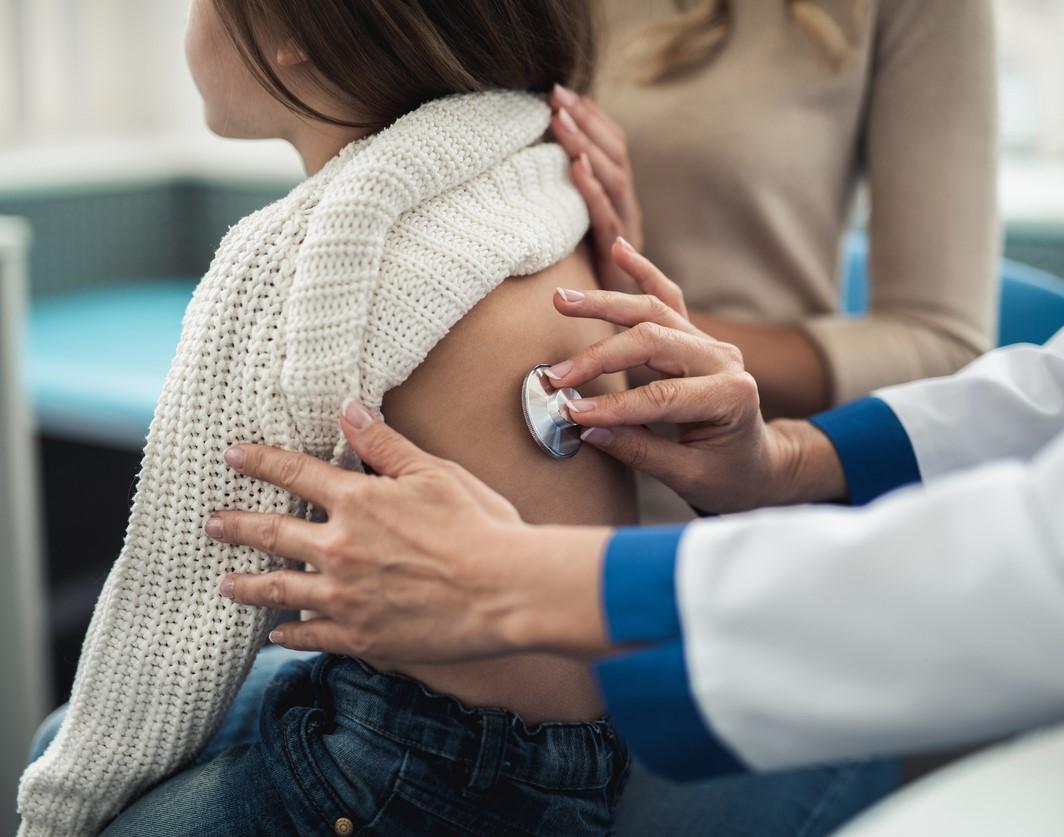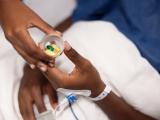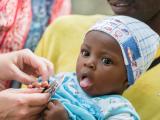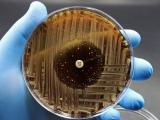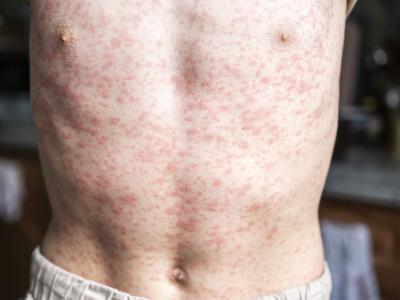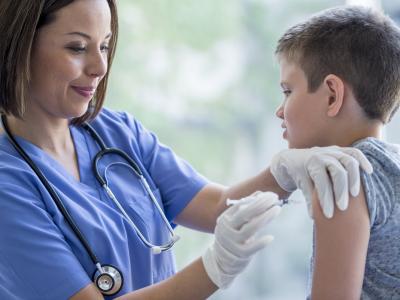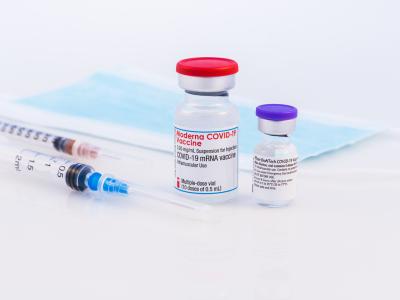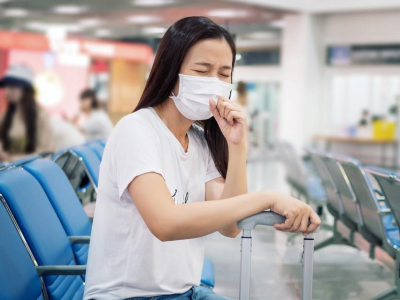A study of children treated for mild cases of pneumonia suggests antibiotics may not be needed as frequently as they are prescribed.
The prospective study, published today in Pediatrics, looked at nearly 300 children between 3 months and 18 years of age who were discharged from the emergency department (ED) at Cincinnati Children's Hospital Medical Center (CCHMC) with suspected community acquired pneumonia (CAP). Comparison of children who received antibiotics and those who didn't found that antibiotic treatment was not associated with lower rates of treatment failure.
The children analyzed were part of a larger study at CCHMC on children with suspected CAP, which is typically diagnosed based on the results of chest x-rays and physical examination and commonly treated with antibiotics, despite the fact that most cases, particularly cases that don't require hospitalization, are caused by viruses. The reliance on antibiotics for treatment of CAP underscores the lack of practical tools that clinicians have for differentiating between viral and bacterial causes.
Because antibiotics can result in unnecessary side effects and increasing antibiotic resistance, researchers at CCHMC, along with colleagues from children's hospitals in Chicago and Denver, wanted to know whether antibiotic treatment for CAP is associated with reduced treatment failure.
No difference in treatment failure
To investigate the association between antibiotic prescription and treatment failure, the researchers matched 294 children with suspected CAP, half of whom received antibiotics, on the basis of clinical signs and symptoms. The median age of the children was 3.4 years. Treatment failure was defined as a return visit with hospitalization within 30 days of discharge, a return visit with antibiotic initiation or change within 30 days of discharge, or an antibiotic change within 7 to 15 days of the ED visit.
Secondary outcomes included parent-reported quality-of-life measures, including the presence and length of symptoms, and the amount of time it took to return to normal activity.
Overall, 26 children (8.8%) experienced treatment failure. But the analysis of outcomes found no statistical difference in treatment failure between the children who received antibiotics and those who didn't (odds ratio [OR], 1.0; 95% confidence interval [CI], 0.45 to 2.21). Nor was there a statistical difference in the individual components of treatment failure: return visits with hospital admission (3.4% with antibiotics vs 3.4% without, P = 0.99), return visit with antibiotic initiation or change in antibiotics (2% vs 0.6%, P = .67), or initiation or change in antibiotics in the 2 weeks after discharge (4.8% vs 6.1%, P = .61).
The results were similar when the analysis was adjusted for chest x-ray results that indicated pneumonia.
Children who received antibiotics did have an increased risk of being held from normal activity for more days (risk ratio, 1.3; 95% CI, 1.1 to 1.5), but the risk was not statistically significant after adjustment for chest x-rays. There were no differences between the two groups for other parent-reported symptoms.
The investigators say the results suggest that "opportunities exist to safely manage more children with suspected CAP treated as outpatients without antibiotics." But they also note that it's not clear at this point under what circumstances antibiotics are necessary, and when they can be safely withheld.
"Although newer biomarkers such as procalcitonin have been shown to correspond to detection of bacteria in hospitalized children with CAP, there have been no biomarkers demonstrated to be useful in children treated as outpatients, nor have clinical decision rules been derived or validated to help determine which children may benefit from antibiotics," they write.
